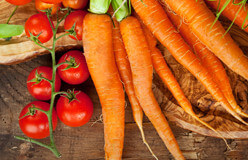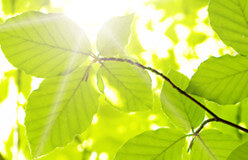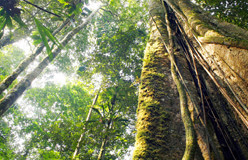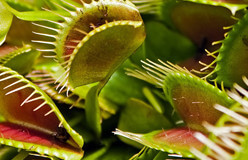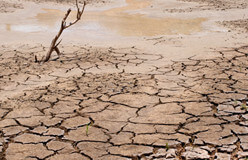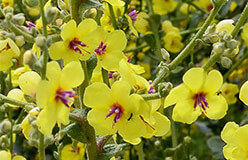Over millions of years, plants have changed to survive on almost every part of our planet.
That kind of change is called adaptation. Some adaptations help keep the plant safe from animals. Others help a plant meet its need for water, sunlight, or nutrients. Many help seeds survive to germinate (sprout) and become new plants.
